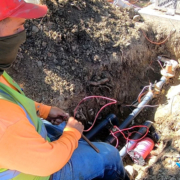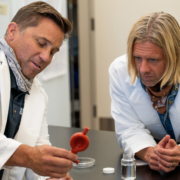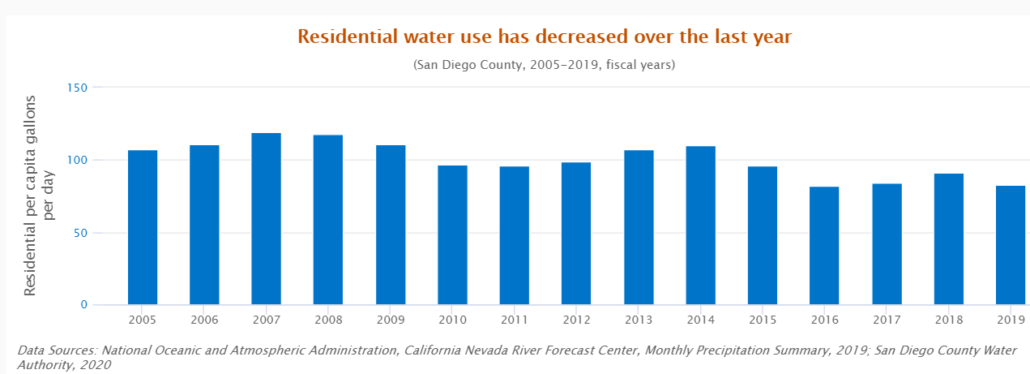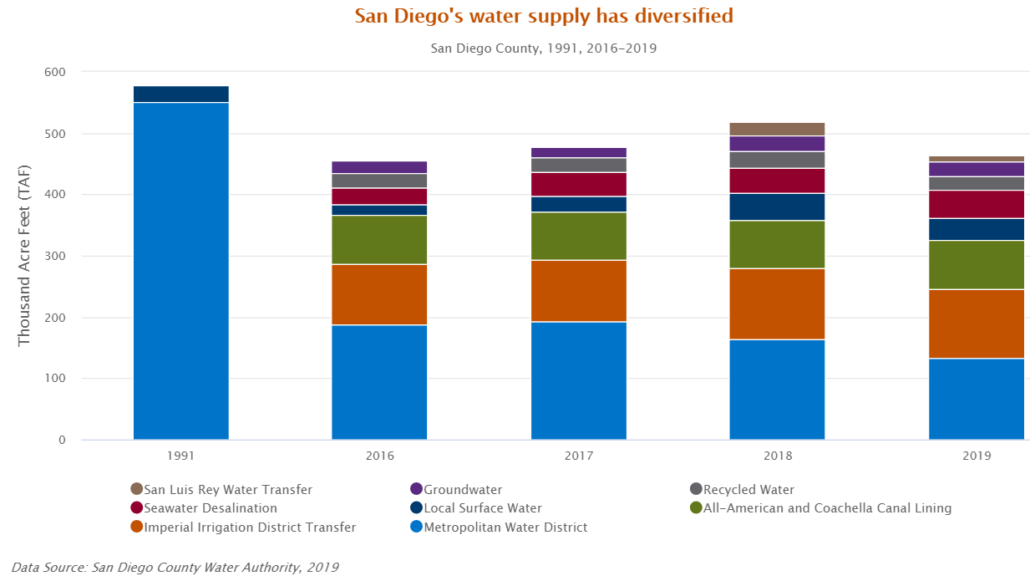WaterSmart Contractor Incentive Program Benefits San Elijo HOA
A major landscape makeover is helping a San Diego County neighborhood save money during these uncertain economic times. The WaterSmart Contractor Incentive Program helps qualified landscape contractors as well as large homeowners associations, save money and improve water-use efficiency in large landscapes by retrofitting irrigation devices.
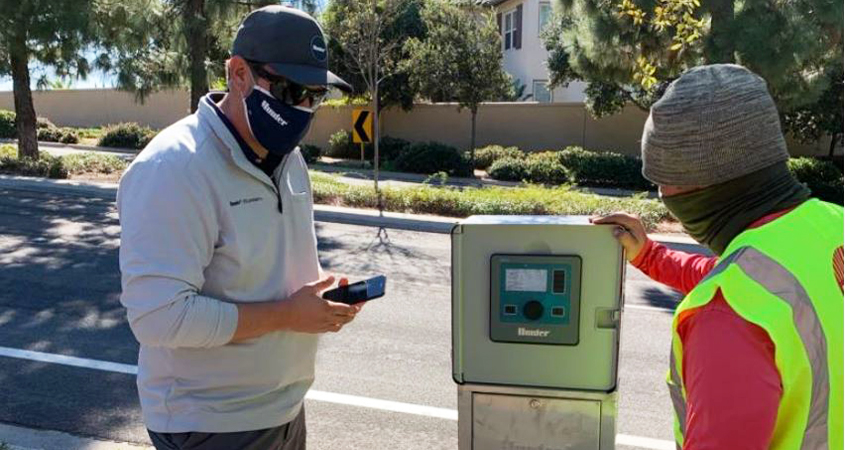
The San Diego County Water Authority and the Vallecitos Water District recently worked with the San Elijo Community Association and O’Connell Landscape Maintenance to install water-efficient devices throughout its entire association property. Photo: Vallecitos Water District
The San Diego County Water Authority and the Vallecitos Water District recently worked with the San Elijo Community Association and O’Connell Landscape Maintenance to install water-efficient devices throughout its entire association property, including 2,500 stations and 50 controllers. In addition, rebates allowed O’Connell Landscape to convert spray irrigation and rotor irrigation to drip irrigation, and add flow sensors.
Van Dyke Landscape Architects and its team of certified landscape irrigation auditors assessed the irrigation system in order to make recommendations for the system upgrades. Van Dyke performed initial irrigation audits to determine what types of irrigation upgrades would benefit San Elijo’s terrain and soil types best.
WaterSmart Incentive Program
Recommendations lead to significant improvements
Through its report, the landscape architects recommended areas of opportunity for the San Elijo HOA to save its homeowners money and water long-term. Through the WSCIP, the project earned $24,000 in rebates. The amount of water savings from weather-based controllers can range from 10% to 30% of actual water applied, and another 20% to 40% water savings by changing to a pressure-regulated point source drip system.
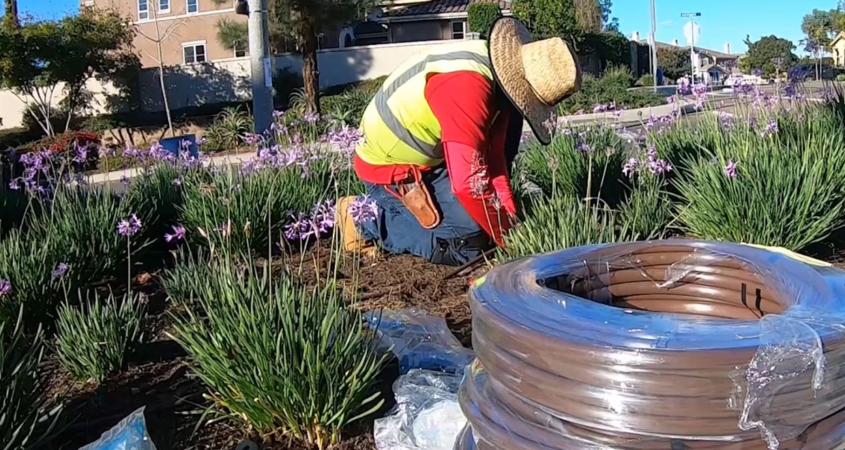
O’Connell Landscape Maintenance performed the irrigation work for the San Elijo HOA. Photo: Vallecitos Water District
“The smart irrigation controllers help send an alarm when there is a break, and the controller will stop the master valve and stop the leak,” said Fabian Alejo, account manager for O’Connell Landscape Maintenance. “The smart controller makes it easier for us to monitor flow, water usage, and leaks.”
Alejo said that the software that comes with the controller allows crews to get alarms in real time.
“Getting the alarms in real time pinpoints exactly the controller and the station number where we have a high water or no flow reading, allowing us to make repairs immediately where water is being wasted,” said Alejo.
Van Dyke landscape architect Nick Concra managed the rebate process.
“The rebate program is incredible,” said Concra. “HOAs using this program can save a lot of money, and a lot more than they think.”
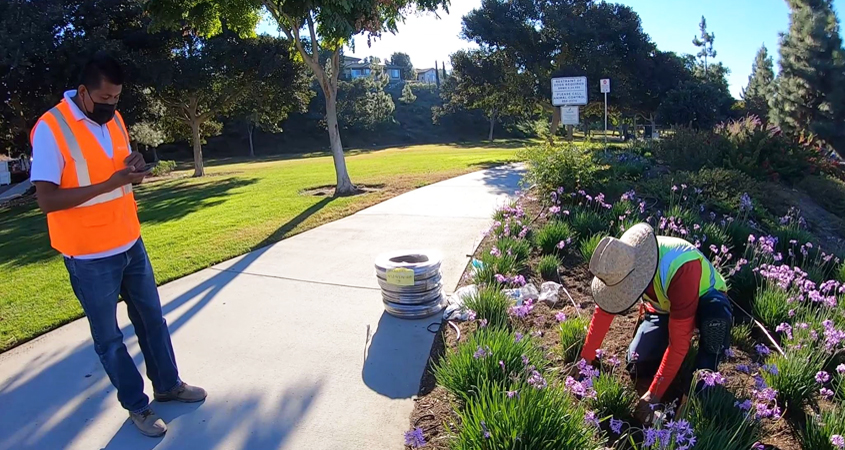
Participants in the WaterSmart Contractor Incentive program call it “priceless.” Photo: Vallecitos Water District
Yale Hooper, principal landscape architect with Van Dyke, said the teamwork among the participants with the Water Authority and Vallecitos Water District makes the program so successful.
“From our perspective as landscape architects, these programs are priceless,” said Hooper. “If I were a contractor or HOA, these are ‘must do’ programs.”

